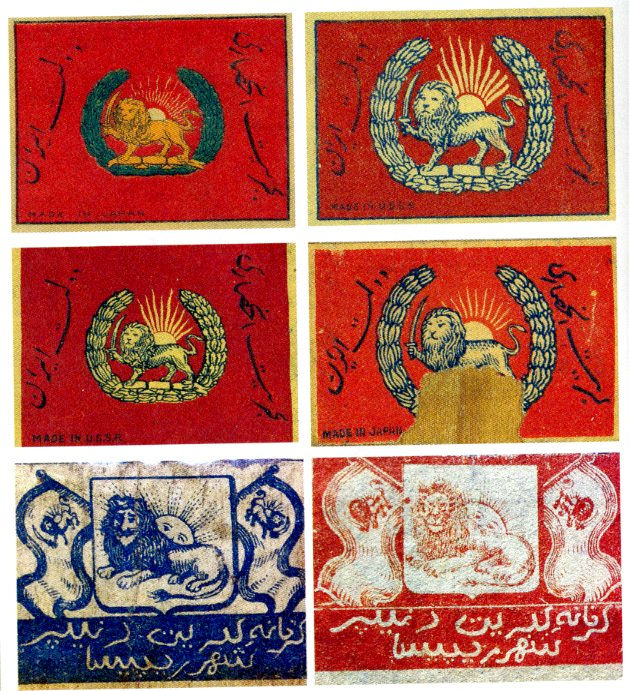Boxed matches did not set Iran ablaze when in January 1978 the revolution lit the way for the end of the Pahlavi (Shah of Iran) dynasty, but the artifacts collected in a book of match labels—one edited by Shahrouz Mohajer and titled simply Matches (NazarArtPublications, 2017)—provides a curious history of what led up to the turnover of government and way of life for the Iranian people.
Mohajer writes: “This book is the result of a somewhat long term field study on both history and identification of the Iranian matchbook’s graphics.” And it is, in his words, an “important part of Iran’s visual culture during the last century. The matchbox was considered an essential commodity, and in addition to those made in Iran, foreign boxes and designs were imported as well.”
The survey concentrates on the boxes before the Revolution, which Mohajer notes is often divided into three groups: “common box (or small), batch book and household (large).” Generally, the matchboxes in this collection are hand-drawn (as is the cover of the book). This was before digitization, although some are “accessorized by photographs.”
Many of the designs recall the images used during the early 20th century in Europe and elsewhere, but others are clearly influenced by Persian graphic traditions.














Comentarios